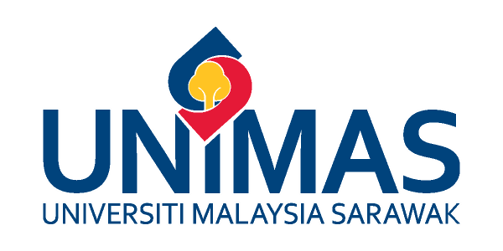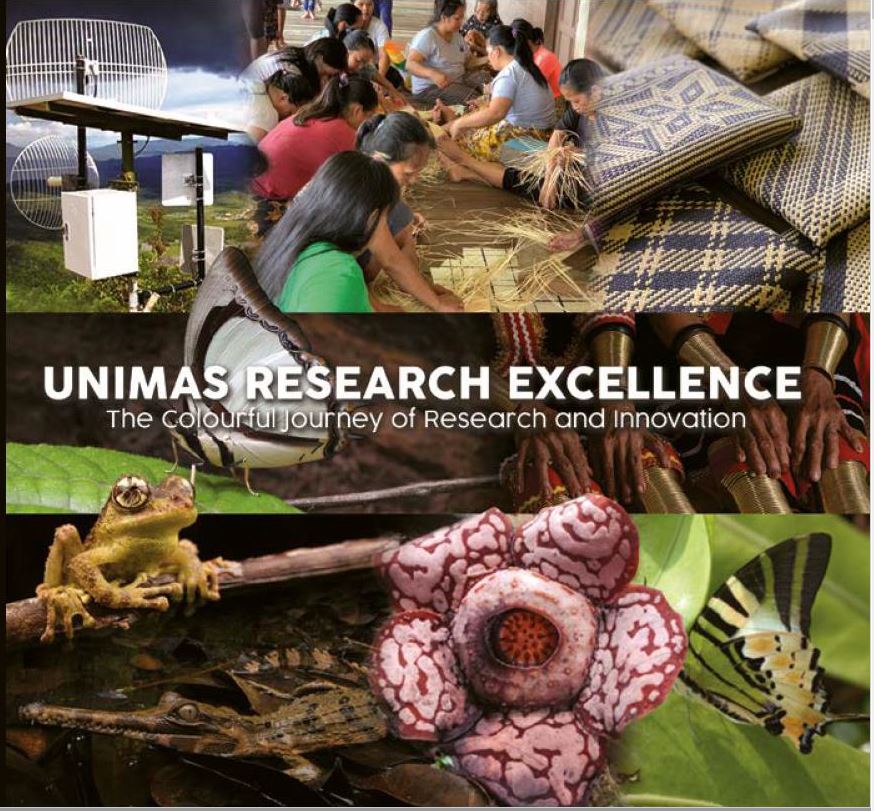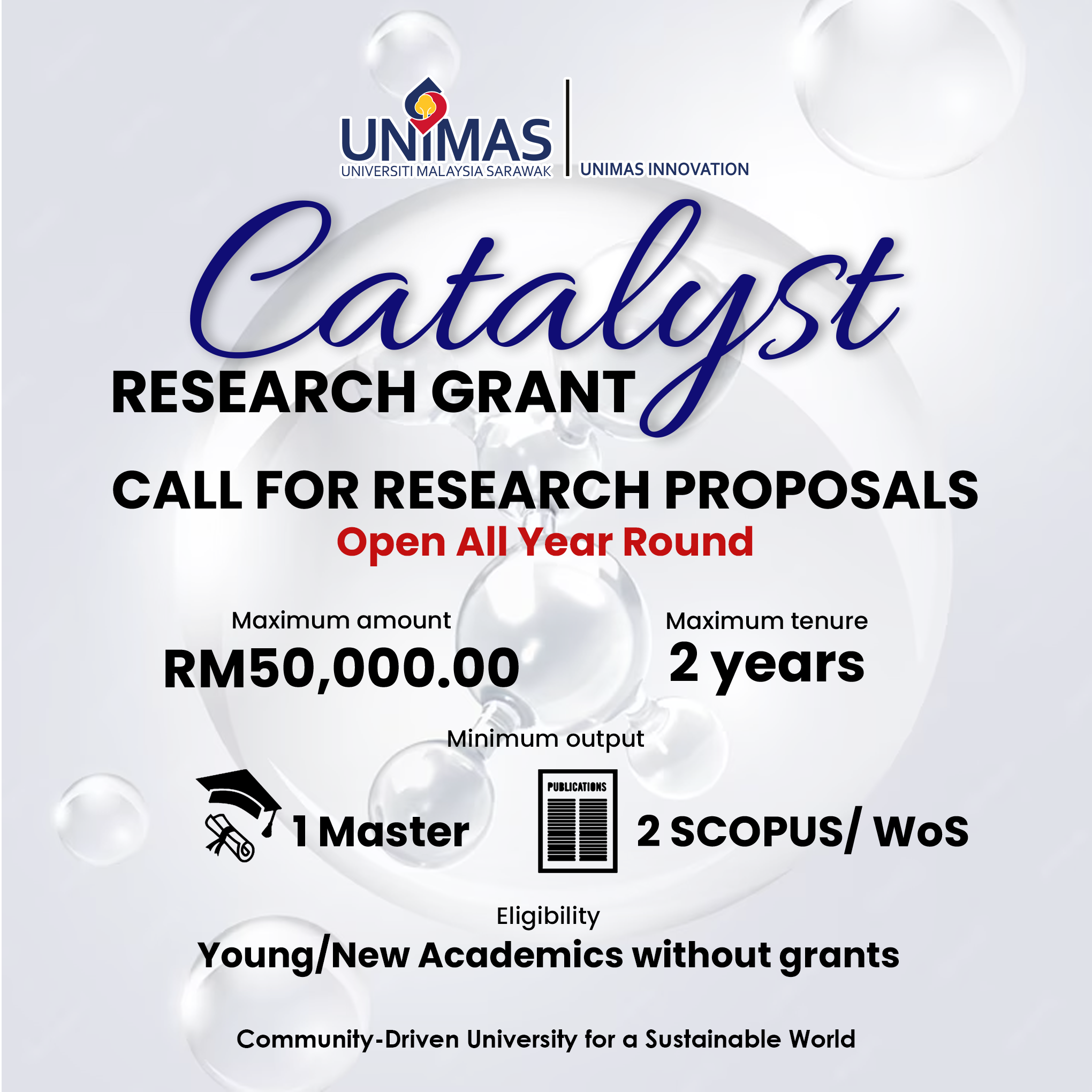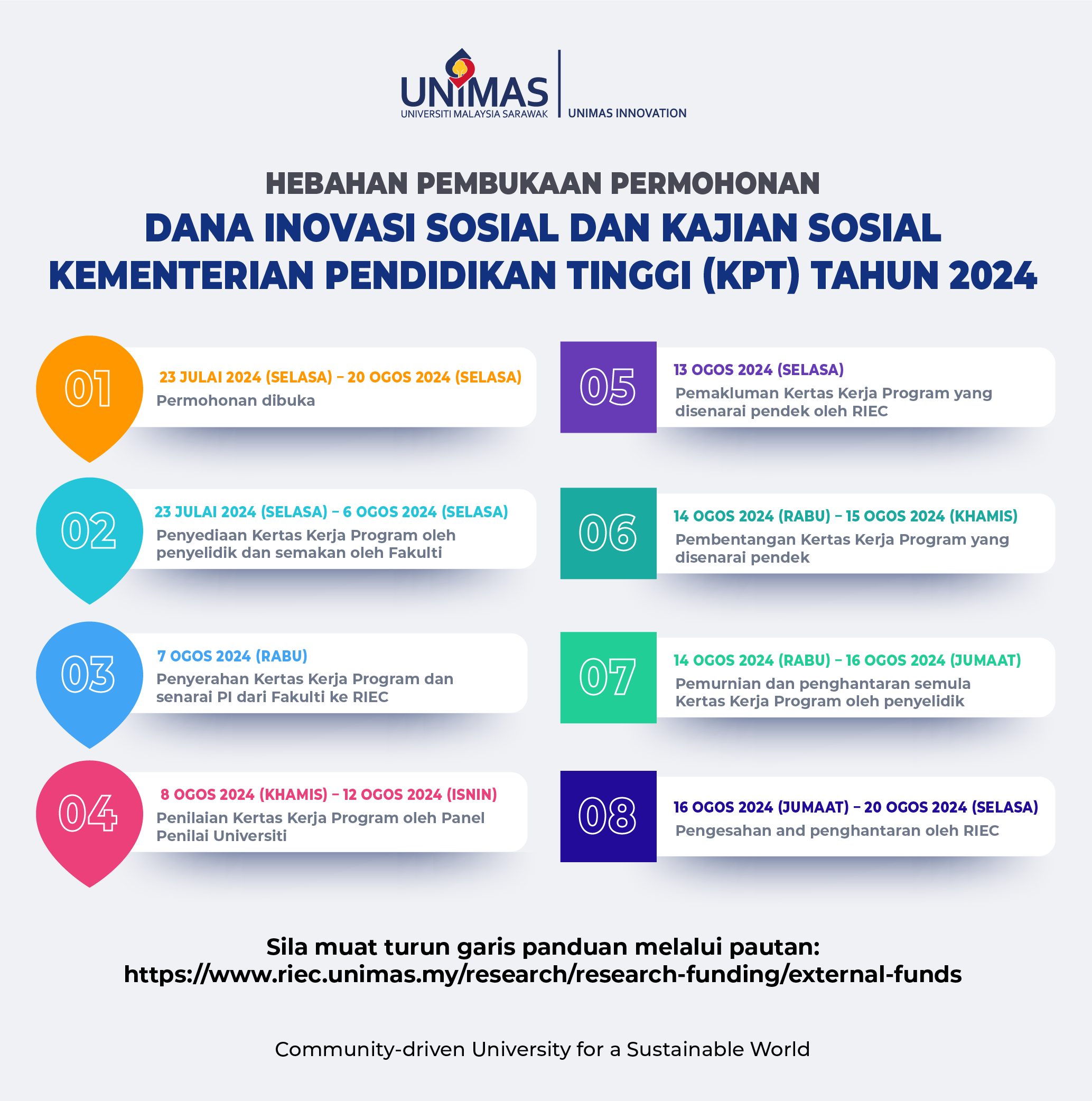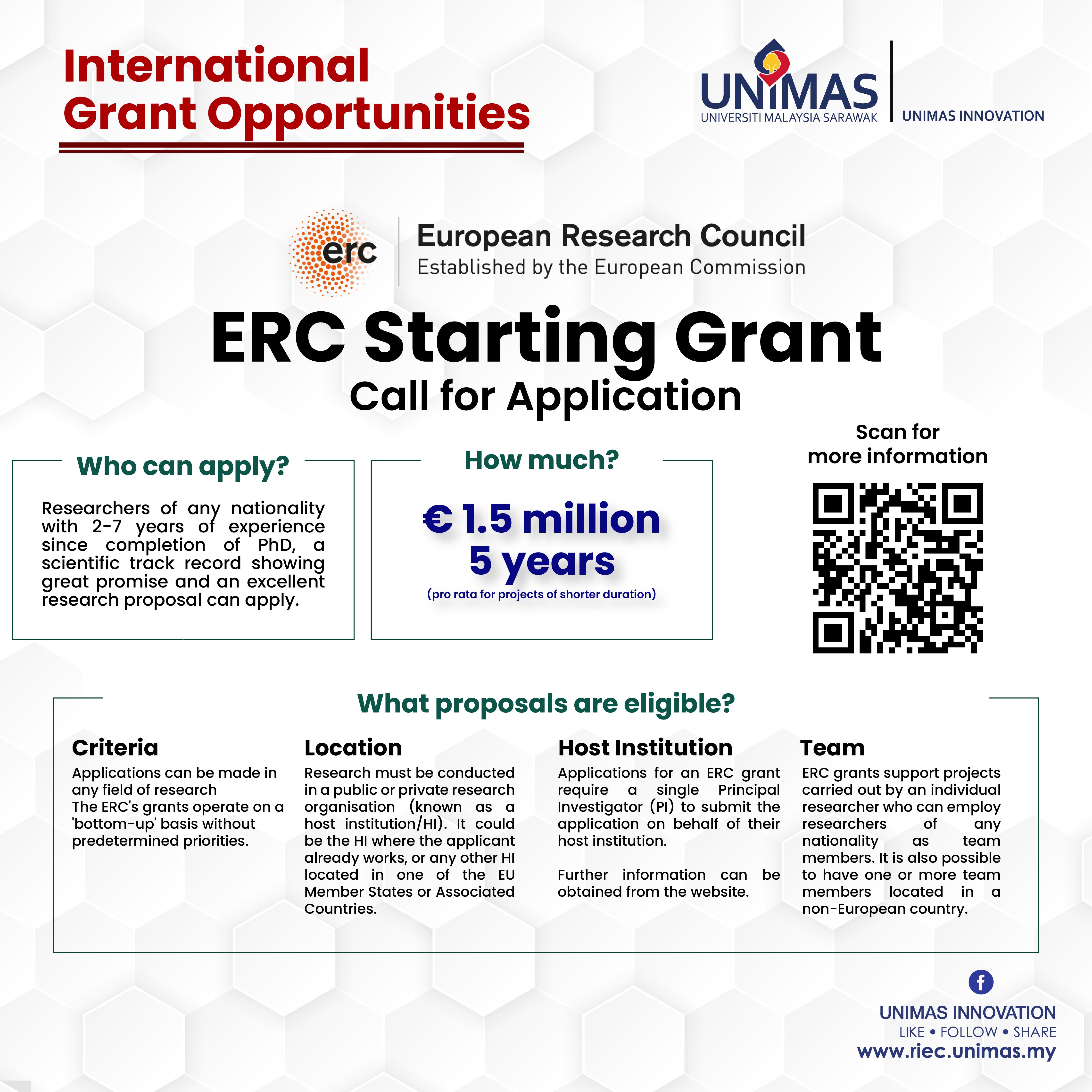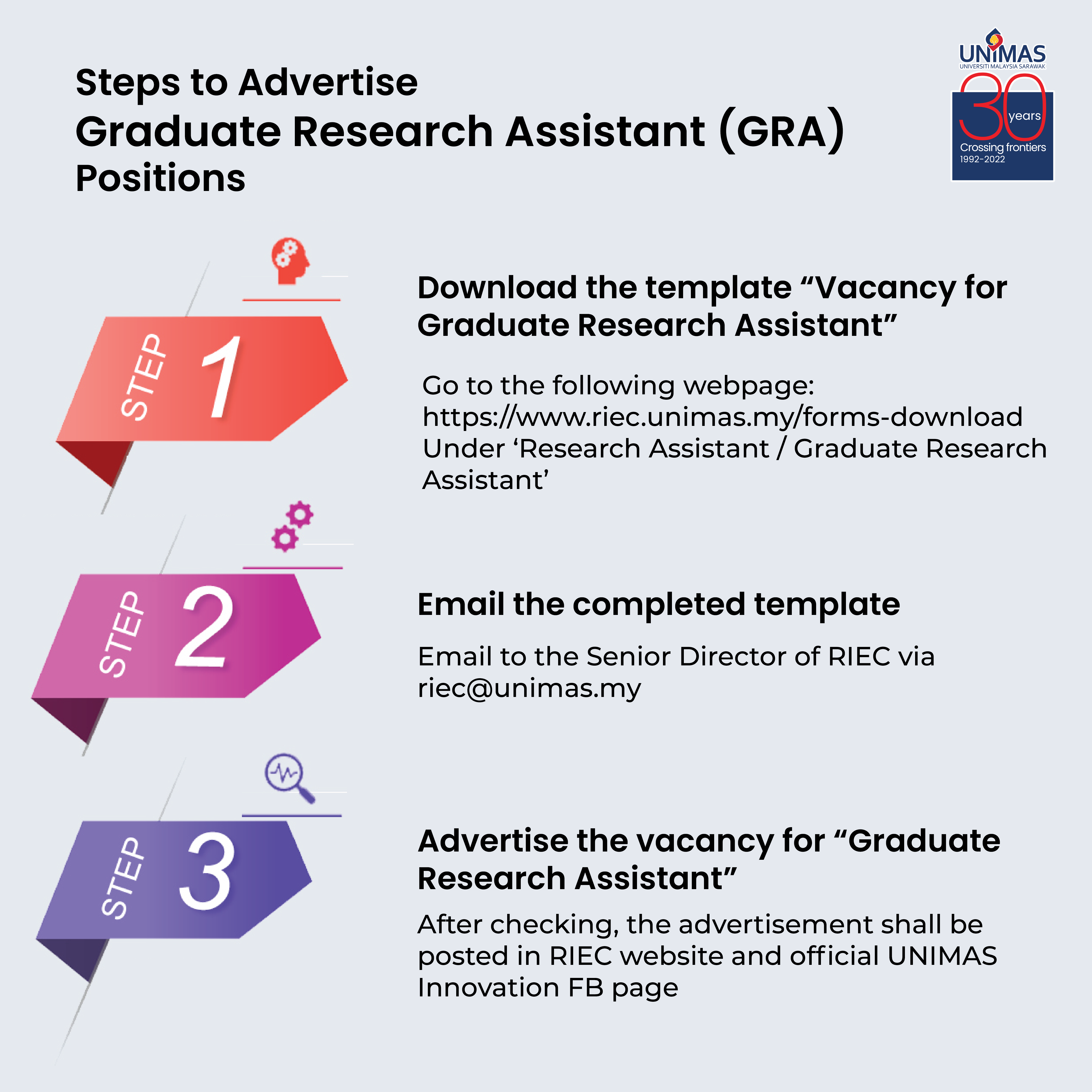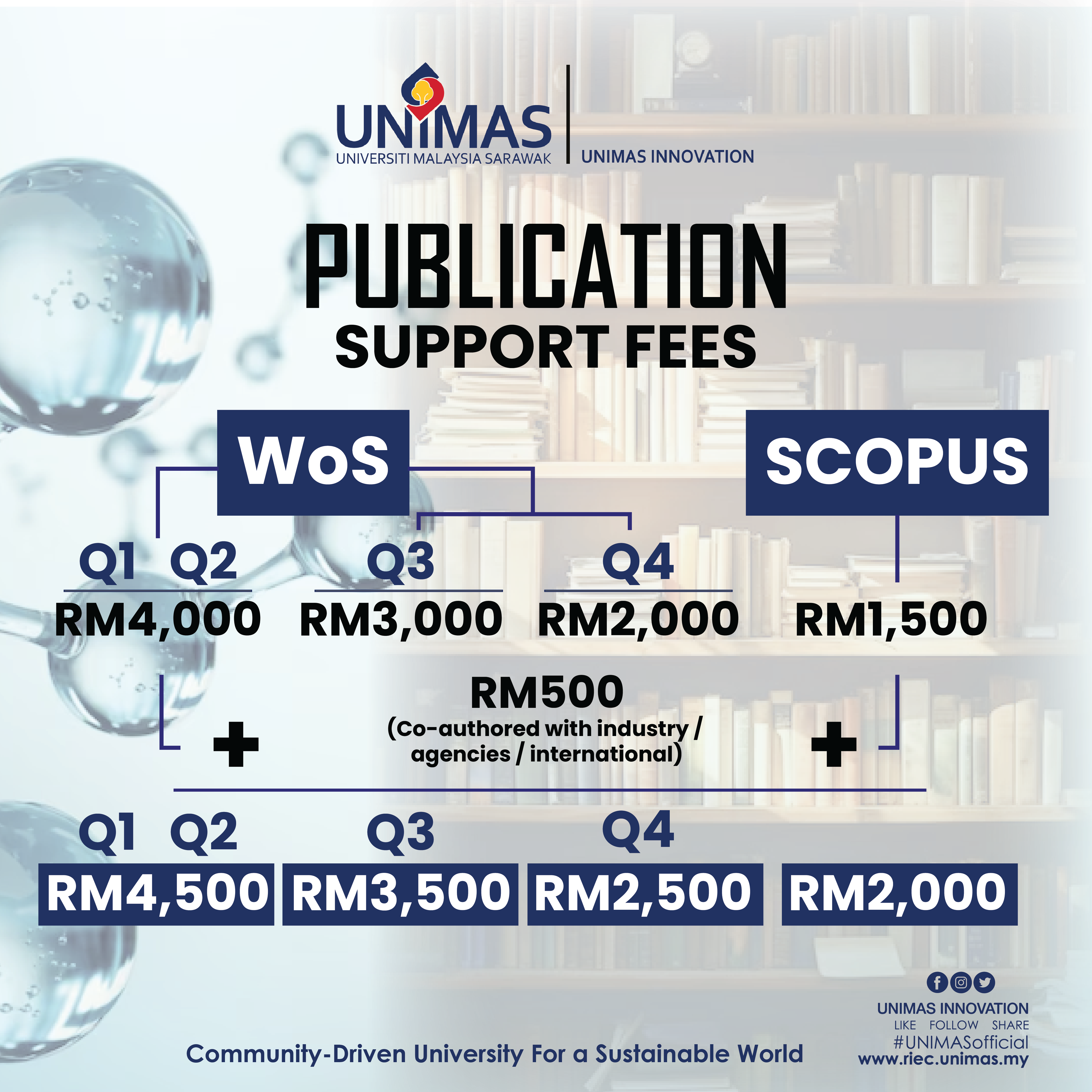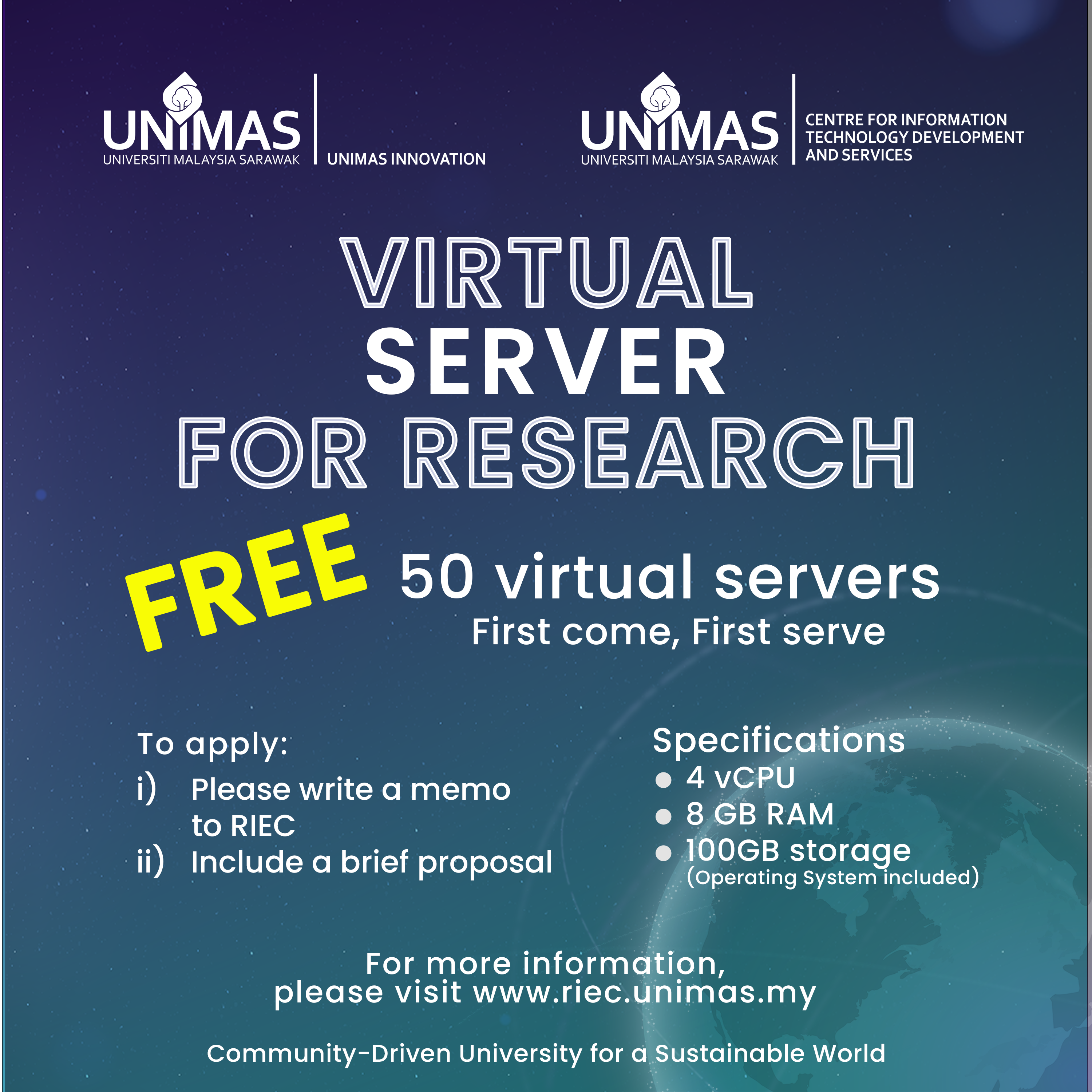
Welcome to UNIMAS Innovation
The Research, Innovation and Enterprise Centre (RIEC) is a dynamic department that functions as the central point of research, innovation and commercialisation activities. RIEC is responsible for the implementation of UNIMAS research and innovation ecosystem, incorporating knowledge exchange, grant management, strategic partnership, intellectual property, technology transfer and the commercialisation of research outputs.
DiscoverResearch ExcellenceInnovationCommercialisation
The 'UNIMAS Research Excellence: A Colourful Journey of Research and Innovation" was created to illustrate UNIMAS Research achievements and celebrate the research and achievements of our researchers. The Coffee Table Book embodies the research niche areas of UNIMAS (Biodiversity and Environmental Conservation, Information Communication and Creative Technology, and Sustainable Community Transformation), national and international exhibition achievements, commercialisation, a showcase of the University's research centres, institutes and research chairs, and community and industry engagement efforts.
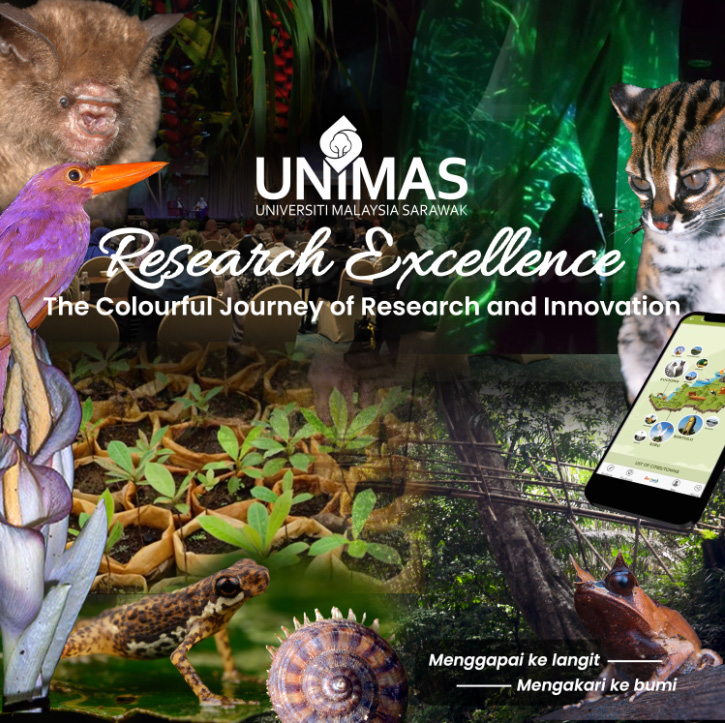
Graduate Research Assistant / Research Assitant Opportunities
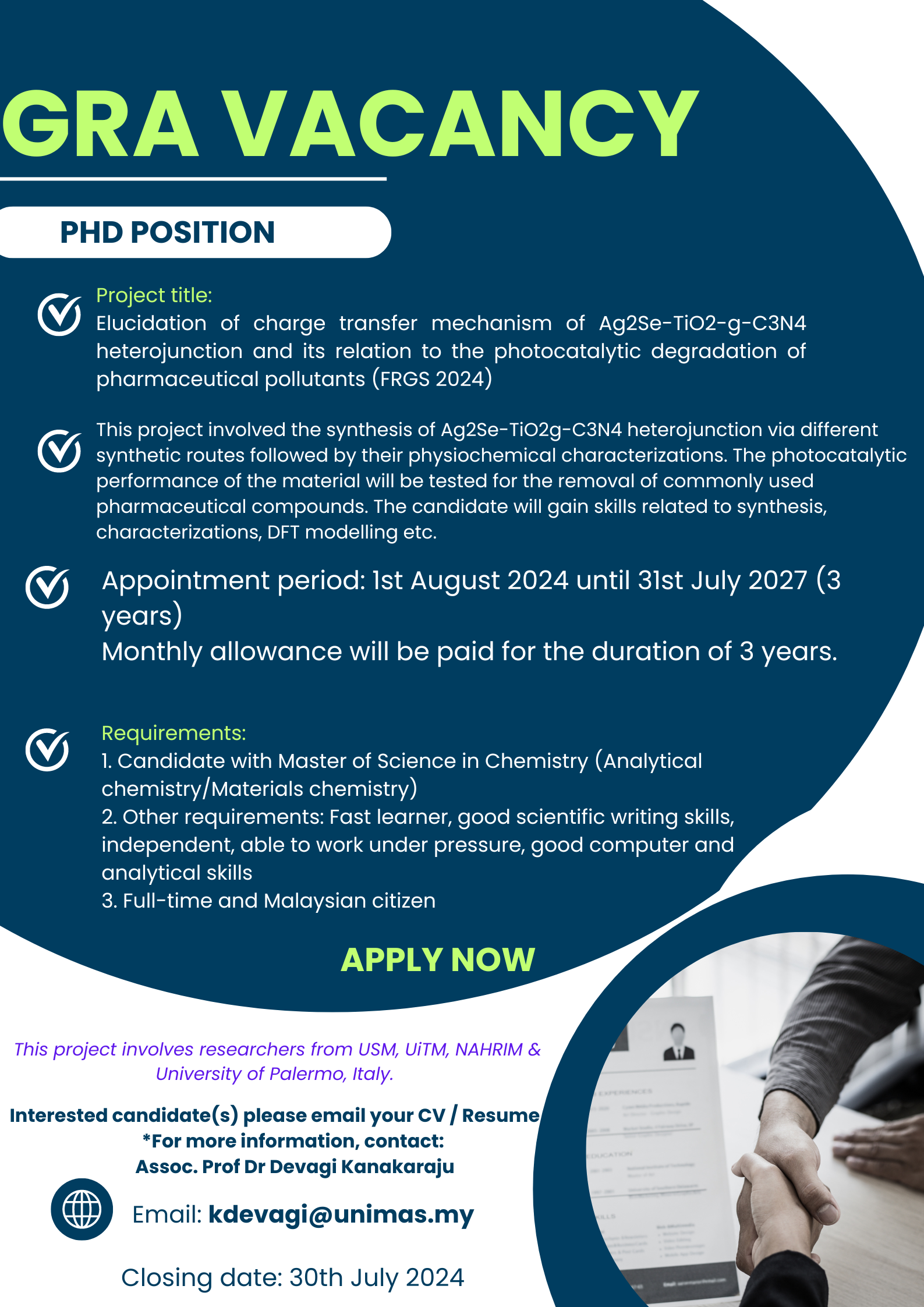
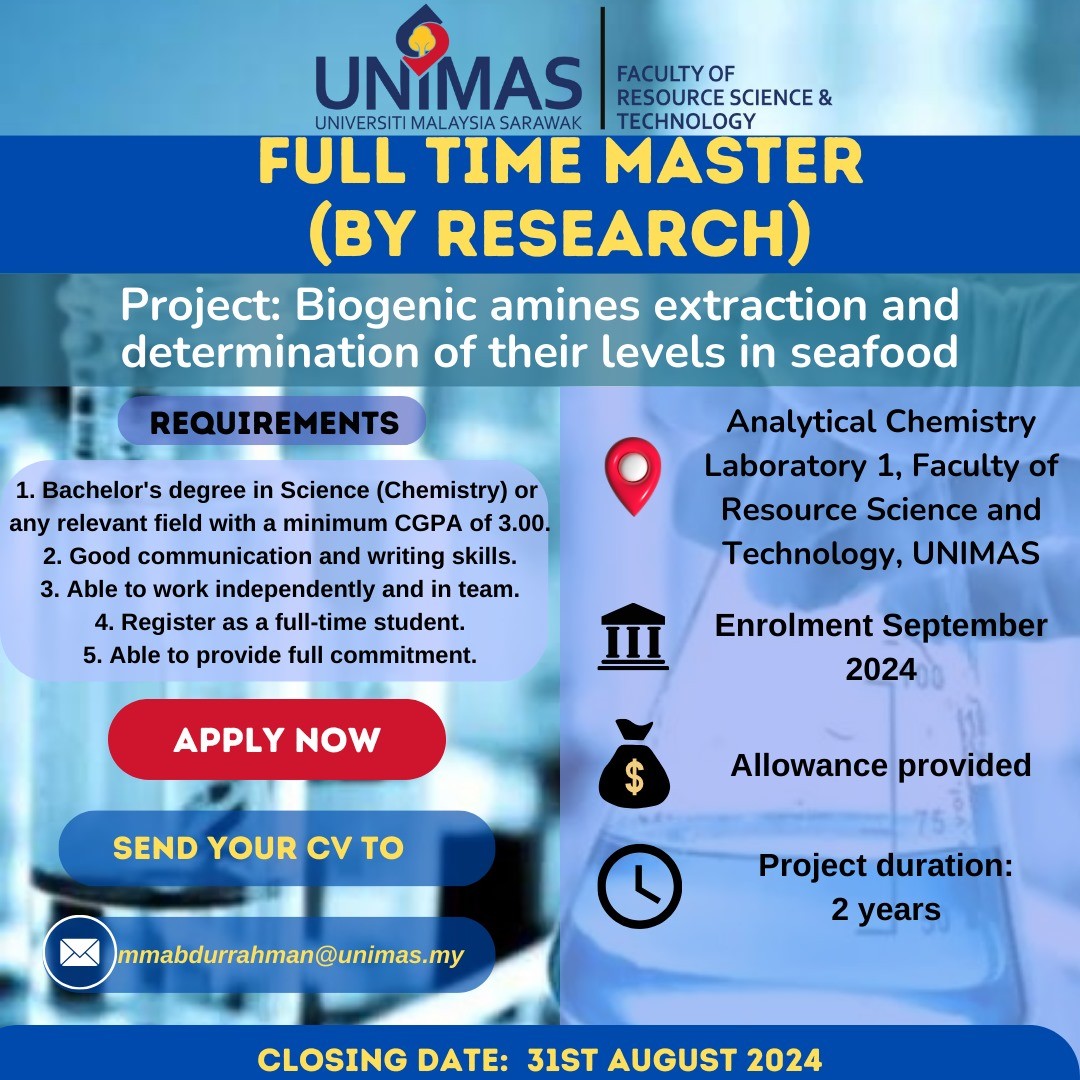
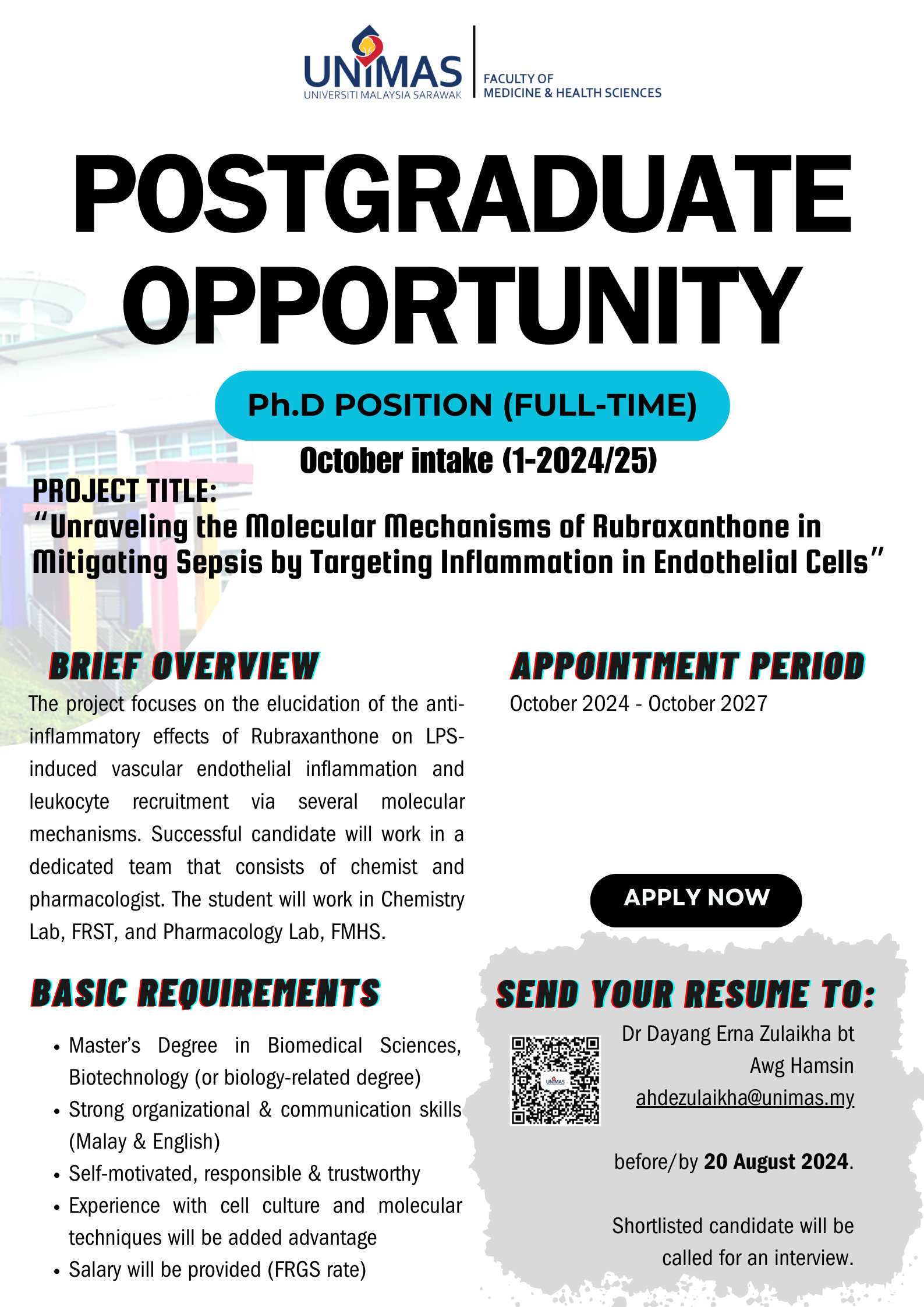
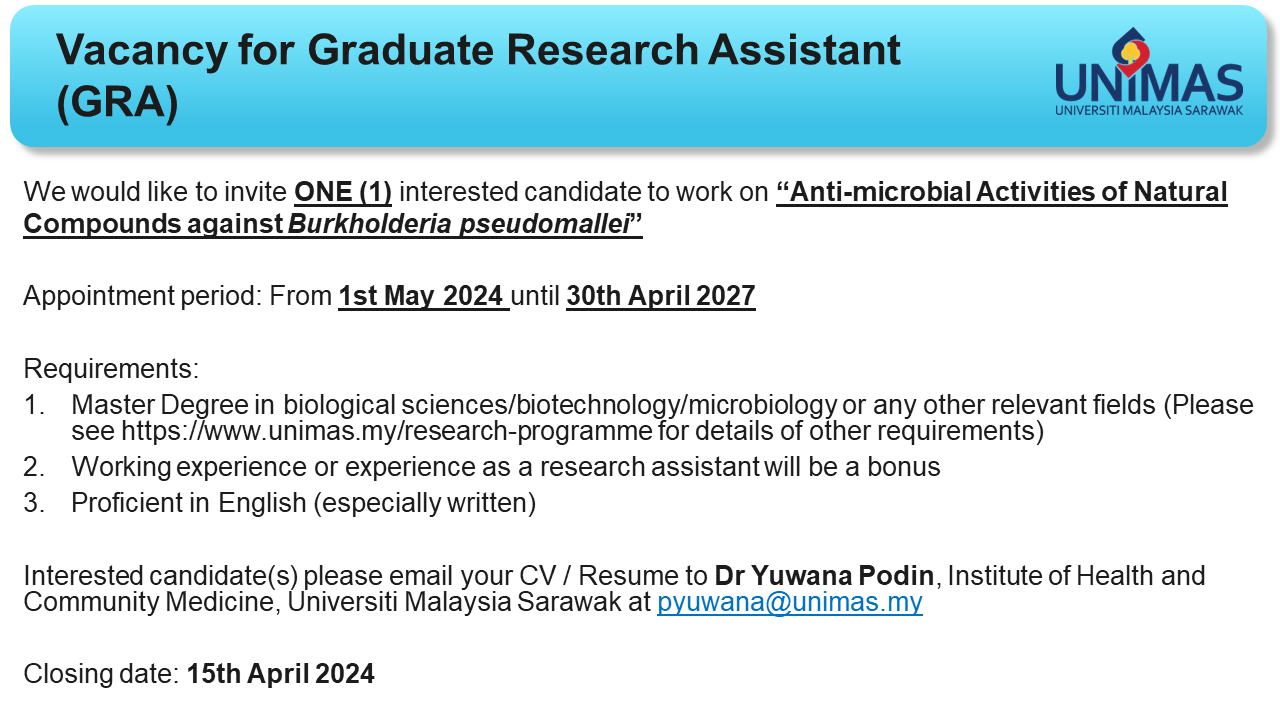
Research Funding and Support
Discover UNIMAS Research and Innovation
Celebrating Our Researchers










Research & Discovery
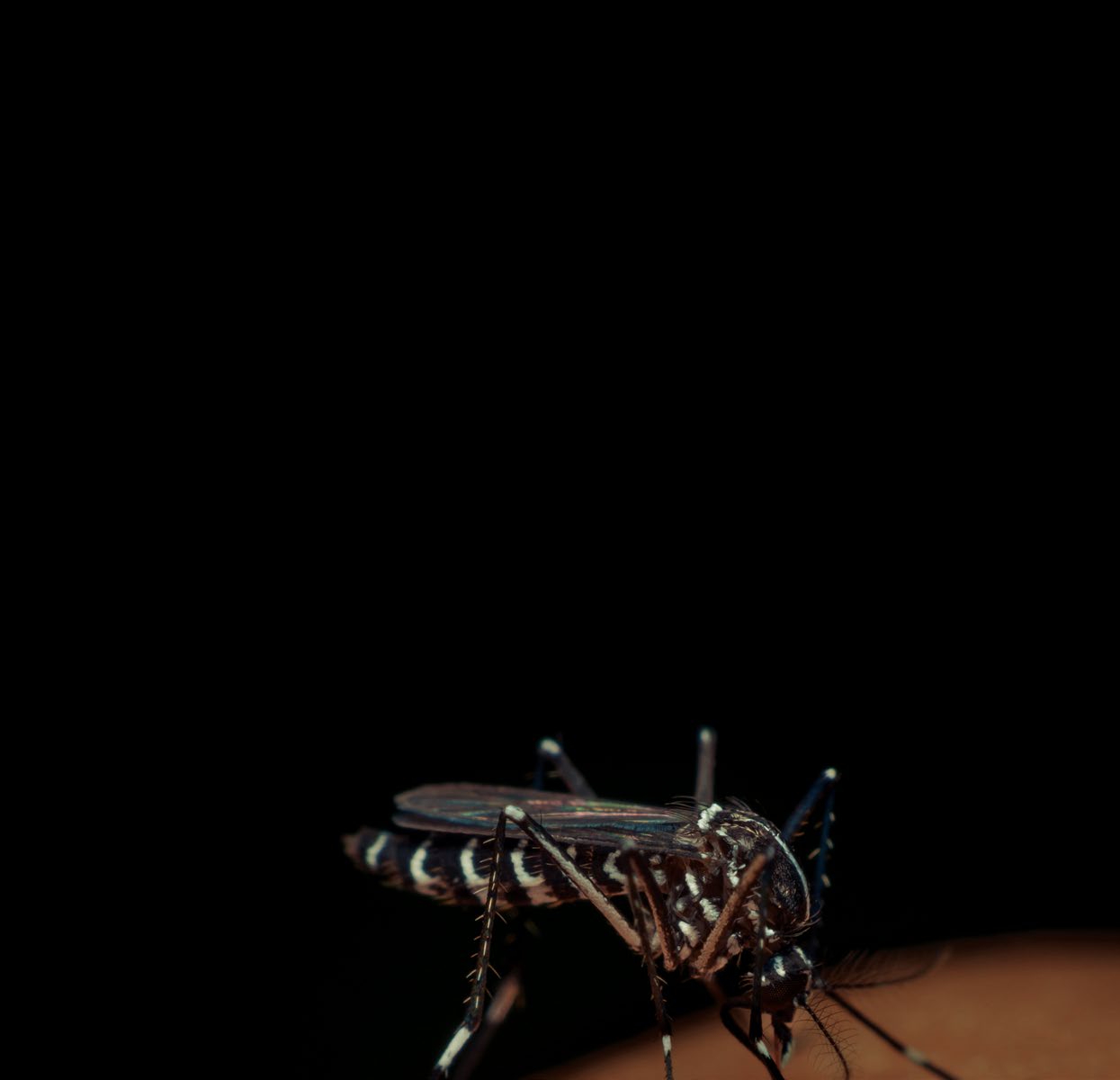
An App for Dengue
MozzHub, a user-friendly dengue hotspot detector, could significantly assist the management and control of dengue.
Dengue is a debilitating viral infection transmitted by mosquitoes. It has become the world's fastest-growing mosquito-borne disease, putting half of the global population at risk. A study published by researchers at the Universiti Malaysia Sarawak (UNIMAS), describes the development, design, and implementation of the hotspot detector app MozzHub.
Read more to discover how MozzHub could significantly aid in the management and control of dengue.
Read more to discover how MozzHub could significantly aid in the management and control of dengue.

Turning Up the Heat on Composites
Experimental analysis and computer simulations reveal how woven fabric composite materials are deformed by heat.
Materials called triaxially woven fabric composites (TWFCs) have fibres woven together in three directions, commonly at a 60-degree angle to each other. Despite their increased usage in many applications, their response to heating and cooling has not been well-studied.
Follow along the study made by Universiti Malaysia Sarawak's (UNIMAS) researcher, Ahmad Kueh, on the significant knowledge gap of TWFCs.
Follow along the study made by Universiti Malaysia Sarawak's (UNIMAS) researcher, Ahmad Kueh, on the significant knowledge gap of TWFCs.
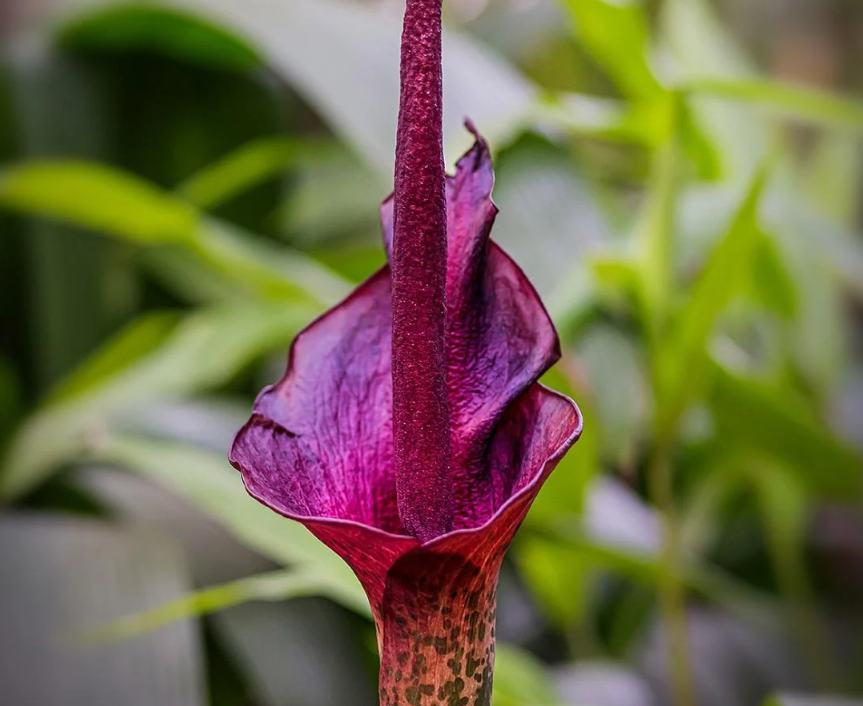
The Amorphophallus Plants of Borneo
Insights into their diversity will help to understand and protect them and their natural environment
A study of the Amorphophallus plants on Borneo shines new light on the evolutionary relationships among different members of this plant group. Wong Sin Yeng and colleagues at the Institute of Biodiversity and Environmental Conservation at UNIMAS report their findings in the journal Taiwania.
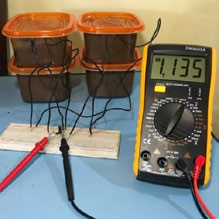
Bacteria Power
Bacteria living on soil and chicken manure could provide low-tech and sustainable green energy
The natural activities of bacteria in soil mixed with chicken manure have been harnessed to generate electricity in a microbial fuel cell by researchers at UNIMAS.
More Research Articles
Absorbing impact: Inside the head of a Woodpecker
Inspired by the woodpecker's ability to strike trees with its beak rapidly and repeatedly without injury, engineers in Malaysia have used computer simulations to find ways to improve the design of composite beams used in impact-prone structures.
UNIMAS researchers are using computational modelling to optimise the ability of composite sandwich beams to absorb strong impacts. They applied their approach to a beam design inspired by the woodpecker's head, changing aspects of the structure to find the optimal solution. The findings were published in the journal 'Composite Structures'.
Au naturel approaches for healthcare and biodiesel production
The evolutionary history of puddle frogs
Industrial Collaboration with Kenyalang Farming Services
Vaccines and vitamin D: Measuring immune response
